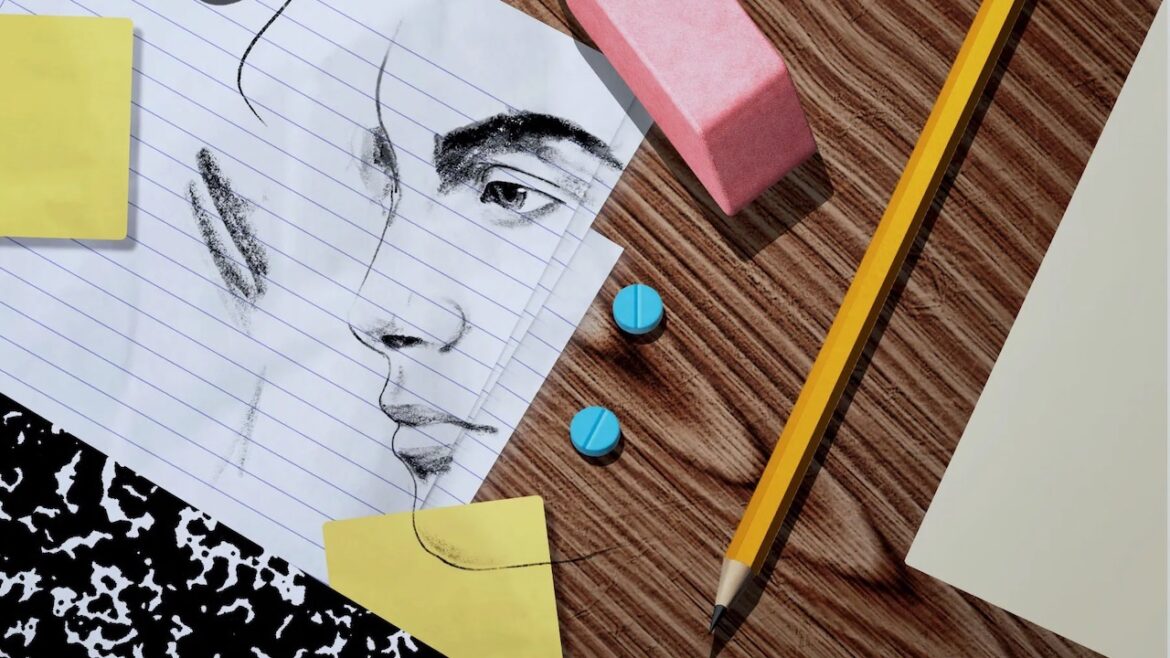The New Yorker, Rachel Monroe | Last February, when a teen-age boy died of a fentanyl overdose in Kyle, Texas, south of Austin, local law enforcement hoped that it was an isolated incident.
“By all accounts, he did most of his association with the Austin crowd,” Kyle’s police chief, Jeff Barnett, recalls thinking. “He goes to school in Austin, associates with people from Austin, this is not particularly a Kyle drug problem.”
Then, in May, a fifteen-year-old named Noah Rodriguez was found unresponsive after taking drugs; he spent four days in a coma before recovering.
Many of the Hays County kids who overdosed thought they were taking Xanax or Percocet; instead, the pills turned out to be counterfeits laced with fentanyl.
The New Yorker, Rachel Monroe, March 28, 2023
In June, another local high-school student suffered a fatal overdose. Weeks later and a few blocks away, a teen-age girl was found dead in her room with slivers of a blue pill on the windowsill by her bed. “At that point I knew—there’s something coming,” Barnett said. “This is a tidal wave.” The wave was still cresting.
In August, two other local parents went to wake up their teen-age son for dinner and couldn’t rouse him. Days later, Rodriguez overdosed again, this time fatally. Teen-agers in the Hays County region overdosed, but did not die, in an elementary-school parking lot, during class, and in school bathrooms.
Grieving parents paid for a billboard with pictures of some of the kids who’d died that year, grinning boys in T-shirts and hoodies, next to the words “fentanyl steals your friends.”


